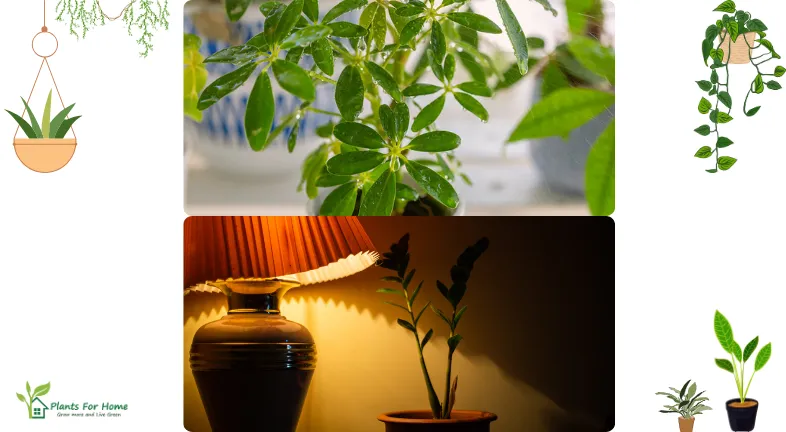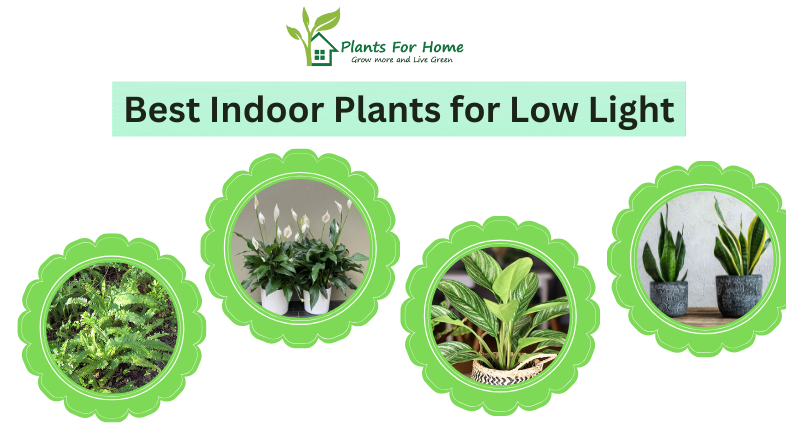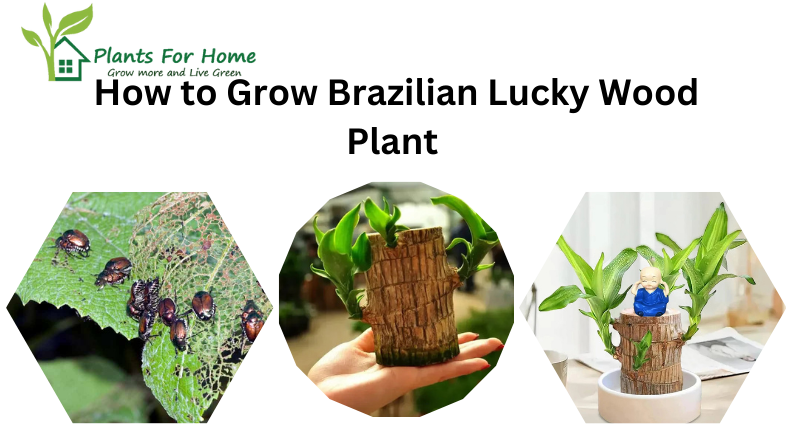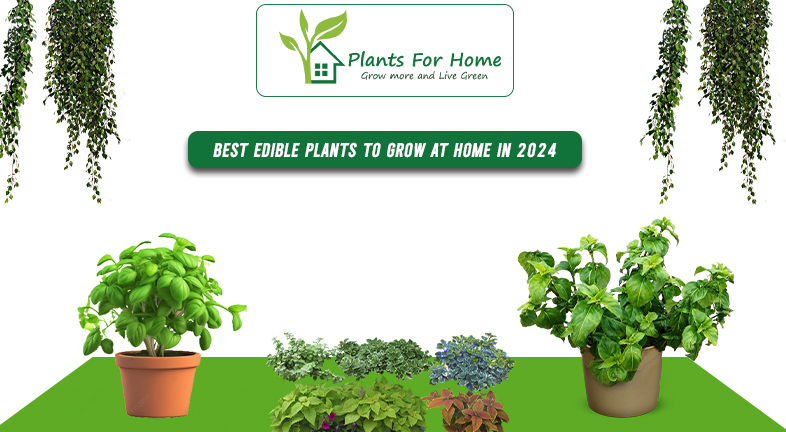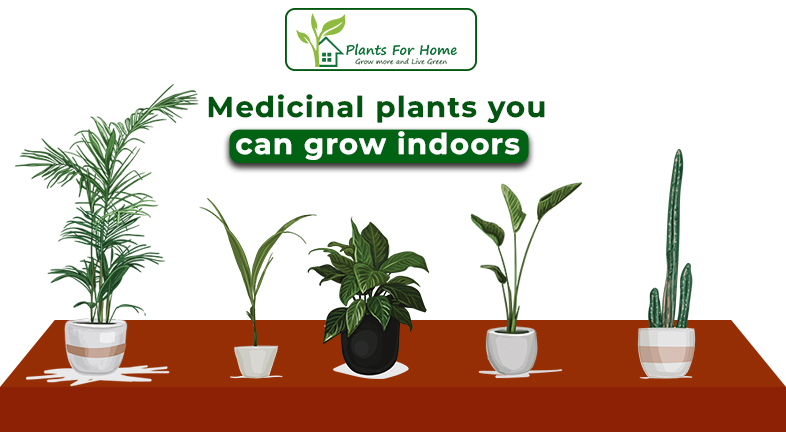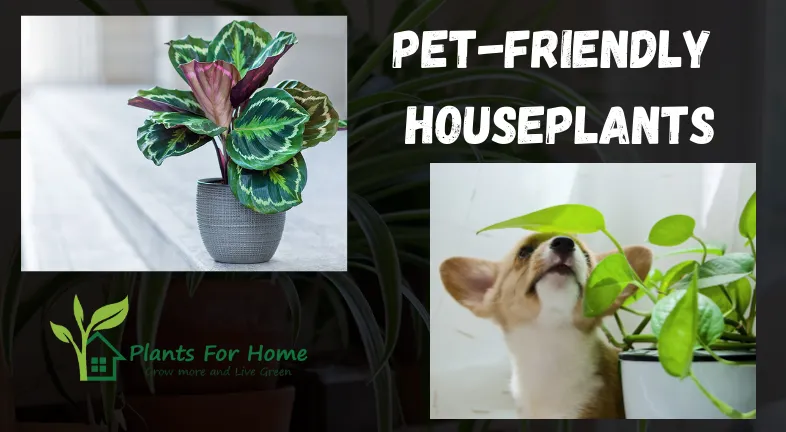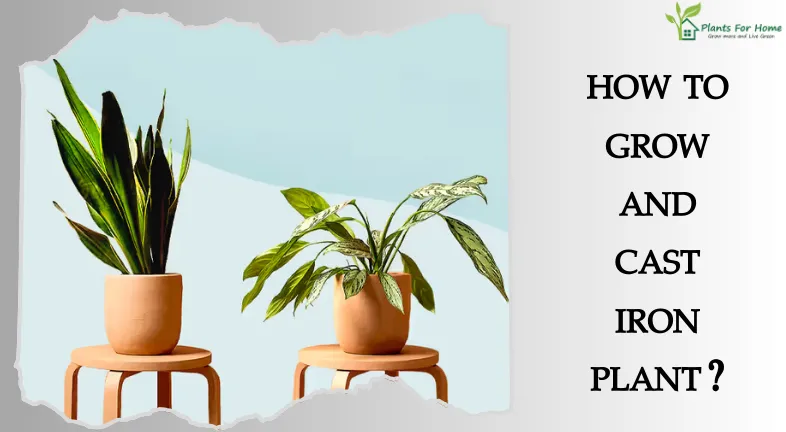DOES INDOOR PLANTS ATTRACT BUGS

Indoor plants infuse our homes with vitality and beauty, enhancing any area and enhancing the air quality. But one common worry about these green friends is that they might draw unwelcome visitors, including mosquitoes. Even while there is no easy solution, knowing how houseplants and insects interact can help you manage any possible problems and soothe your mind.
Are Insects Drawn to Indoor Plants?

In a nutshell, the answer is kind of yes. Indoor plants can draw certain insects; just as outdoor plants do. They can even contain pests. This is because they provide a number of features that bugs find appealing:
Food Source: A variety of insects can obtain food from plants through their sap, leaves, and even the decomposing organic matter in the soil.
Moisture: Indoor plants frequently produce areas of higher humidity, which attracts certain insects that prefer damp environments.
Shelter: Insects can find a place to hide and protection among the leaves and branches of plants.
It’s crucial to realize, though, that not all insects are dangerous, and the majority are not the kind you would normally connect with pest issues in homes. Below is a summary of the different kinds of insects you could come across:
Beneficial Insects: In reality, beneficial insects like ladybugs, lacewings, and some spiders can aid in the management of populations of dangerous pests like mealybugs and aphids. Nuisance Insects: These include springtails and fungus gnats, which are usually harmless and not a serious problem. They are easily controlled by making little changes to watering practices, as they frequently flourish in moist soil.
Uncommon but potentially dangerous, insects such as mealybugs, scales, and aphids can wreak havoc on your plants or even kill them. In order to control the population, these need additional action.
Elements Affecting the Attraction of Bugs:

There are various elements that can impact the probability of your houseplants attracting undesired insects:
Plant Species: Some plants may attract some insects more than others, particularly those with fragrant fruits or flowers.
Plant Health: Insect infestations are more likely to occur in stressed or sick plants. Overwatering: Overwatering can foster the perfect habitat for insects that prefer wetness, such as fungus gnats.
Soil Quality: You can lessen the chance of bringing undesired insect eggs or larvae inside by using sterile potting mix and avoiding using garden soil indoors.
Repelling Insects:

To reduce the likelihood of attracting and harboring bugs in your indoor plant sanctuary, consider the following preventive measures:
Purchase healthy plants: Before taking new plants home, carefully check them out at the store for any indications of current bug issues.
Before adding new plants to your collection, quarantine them for a few weeks to make sure they aren’t hosting any unwanted visitors.
Water your plants correctly by giving them plenty of water when the top inch of soil feels dry and letting any extra runoff easily escape through the drainage holes. Steer clear of overwatering, as this can serve as some insects’breeding ground.
Keep a constant eye on your plants: Examine your plants frequently for indications of insect damage or the presence of insects themselves.
Select the proper soil: Make use of a potting mix that drains well and is designed especially for houseplants. Garden soil should not be used indoors as it may contain insect eggs or larvae. Use natural techniques: To help control pest populations, consider utilizing natural methods such as neem oil, and insecticidal soap, or introducing beneficial insects like ladybugs if you find unwelcome insects.
The majority of insects connected to indoor plants are not dangerous and can be controlled using a variety of preventative techniques. You may take use of indoor plants’ aesthetic qualities and health advantages without having to worry about pest invasions by learning what attracts them and putting easy tactics into practice.
CONCLUSION:
Although certain insects may be drawn to indoor plants, this does not imply you have to get rid of your greenery completely. Enjoying the advantages of your indoor plants while keeping a pest-free environment can coexist peacefully if you know what kinds of insects are involved, take preventative steps, and use natural pest control solutions.

